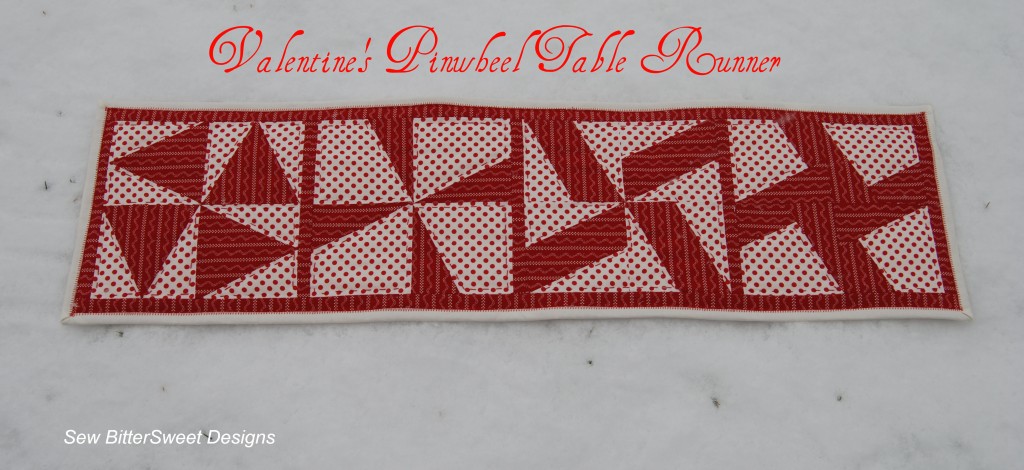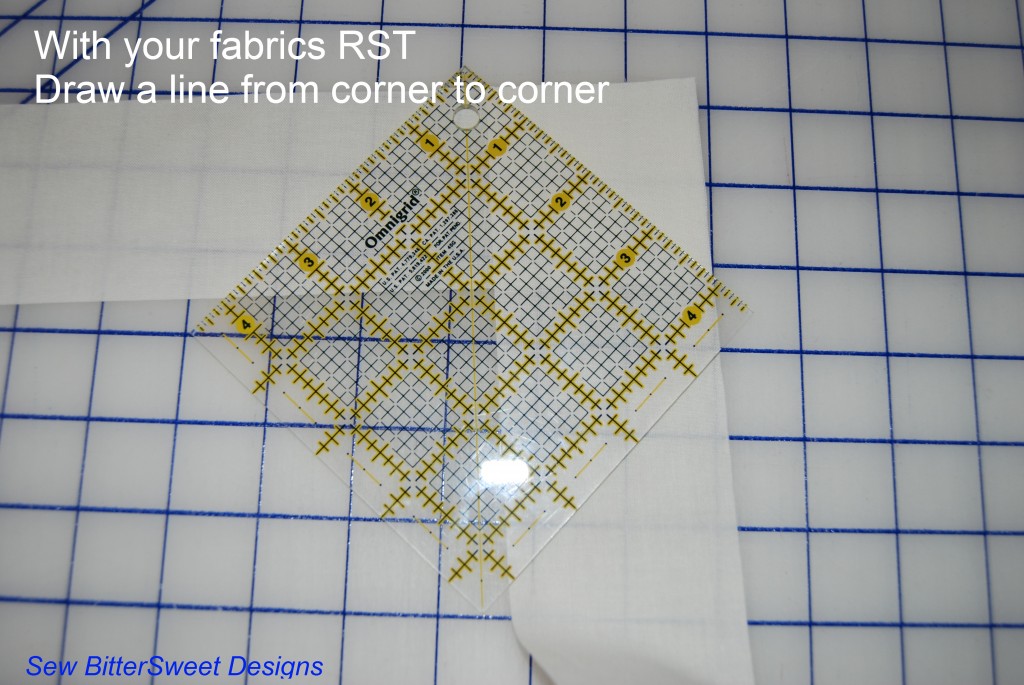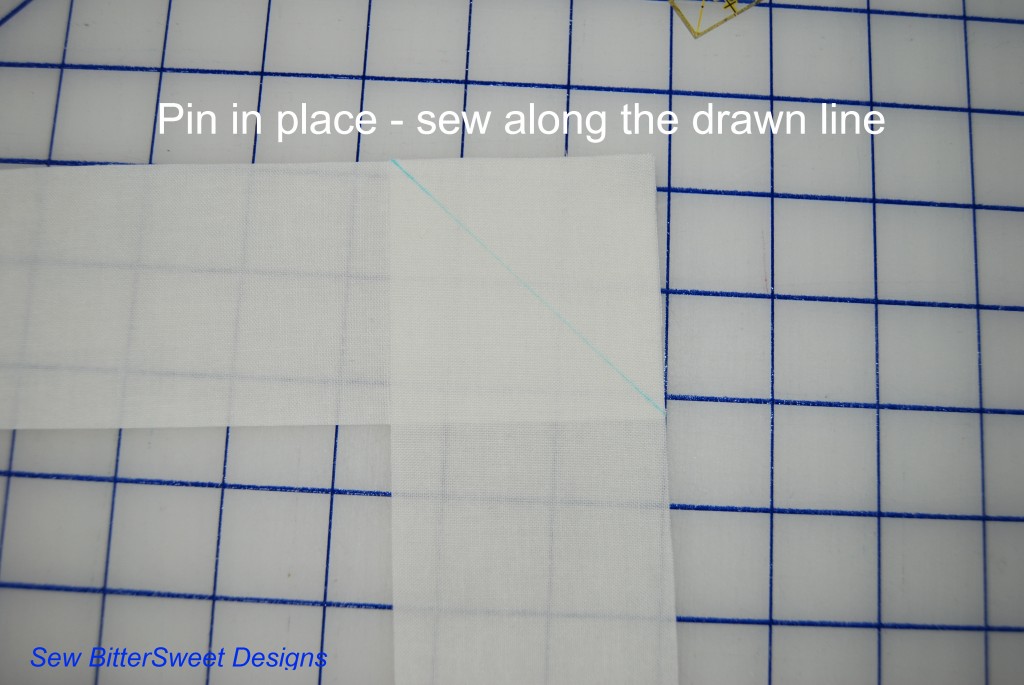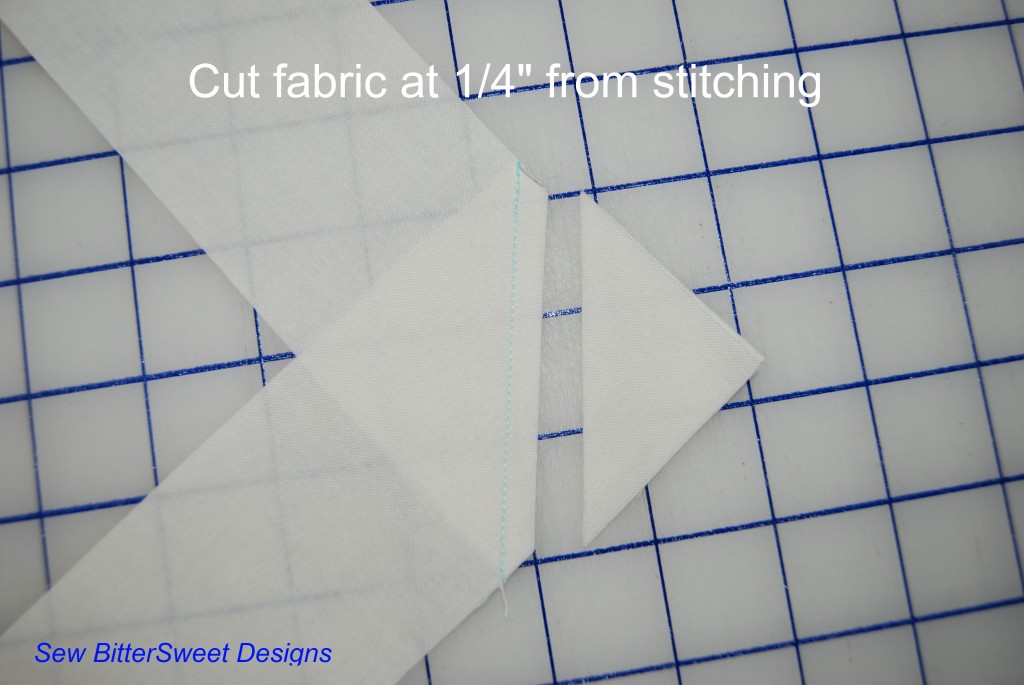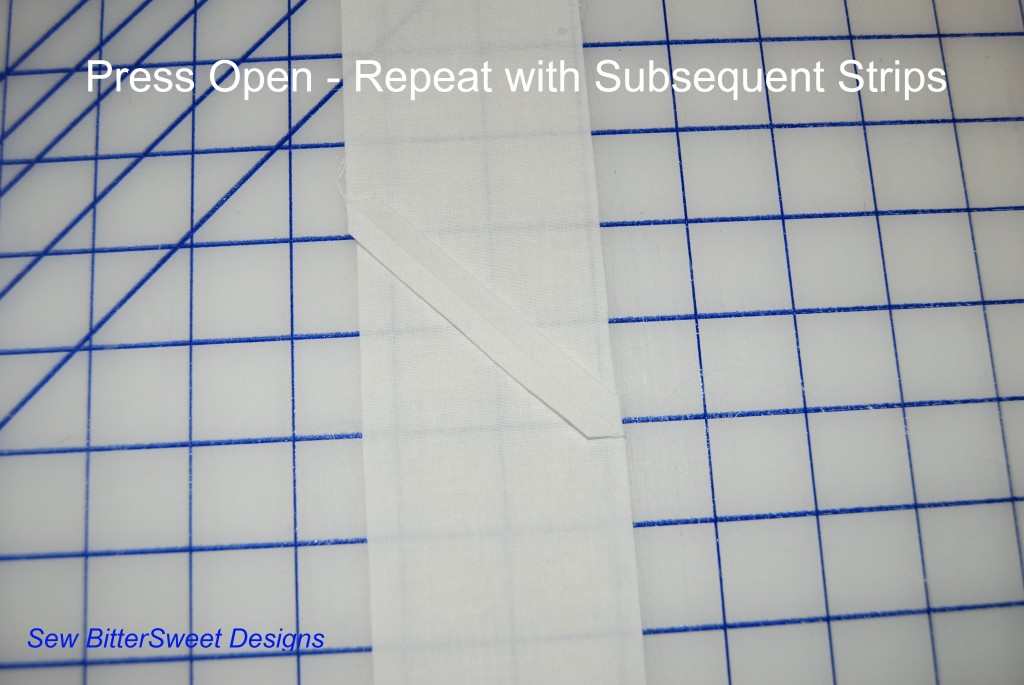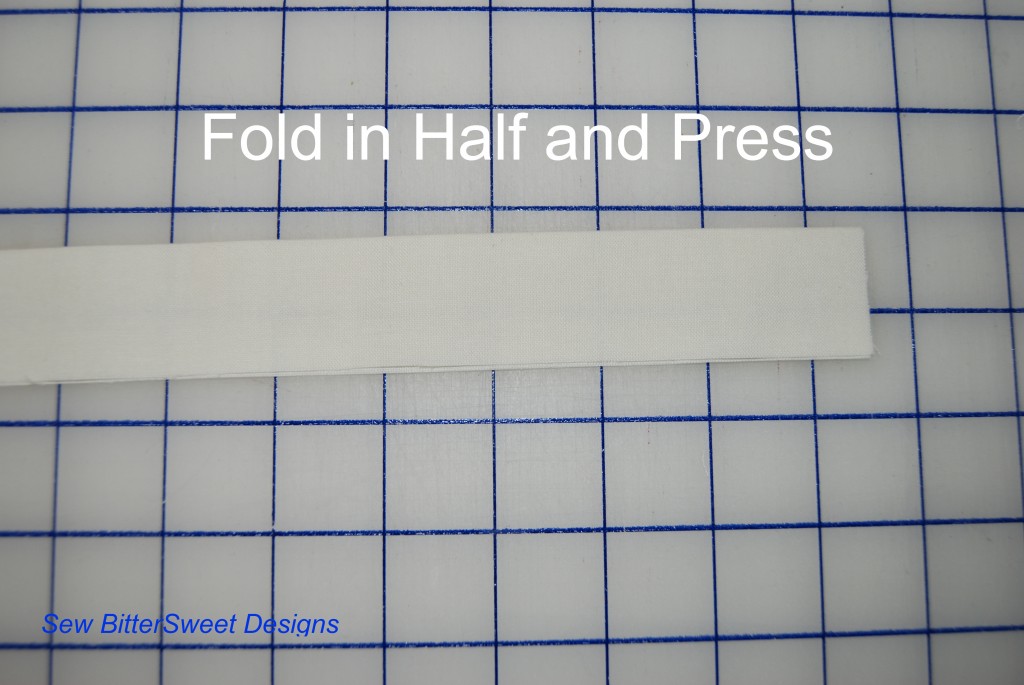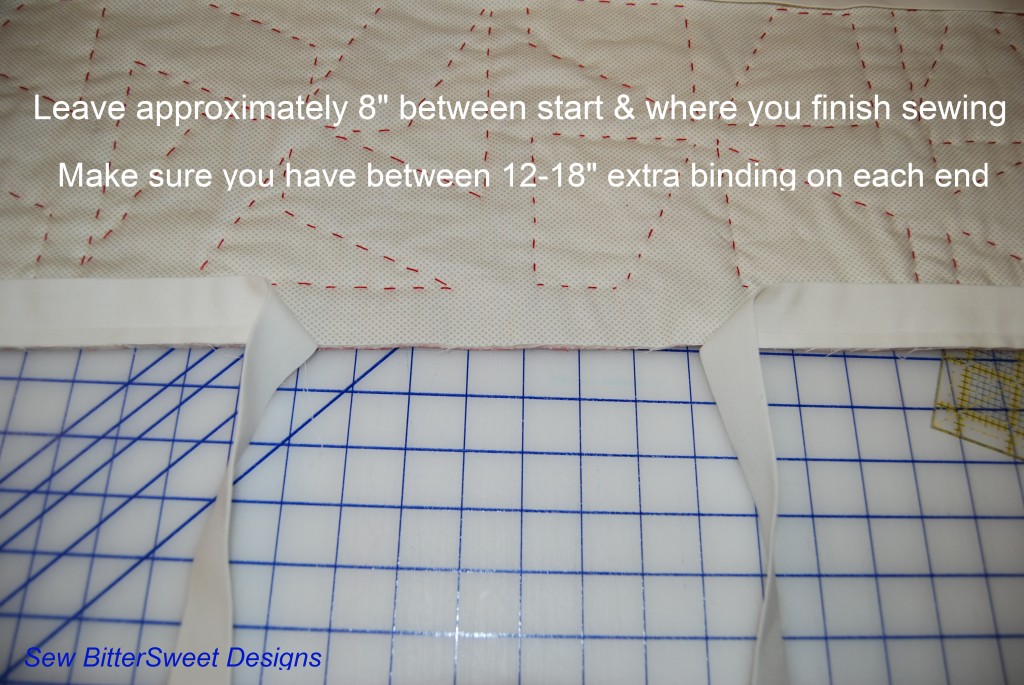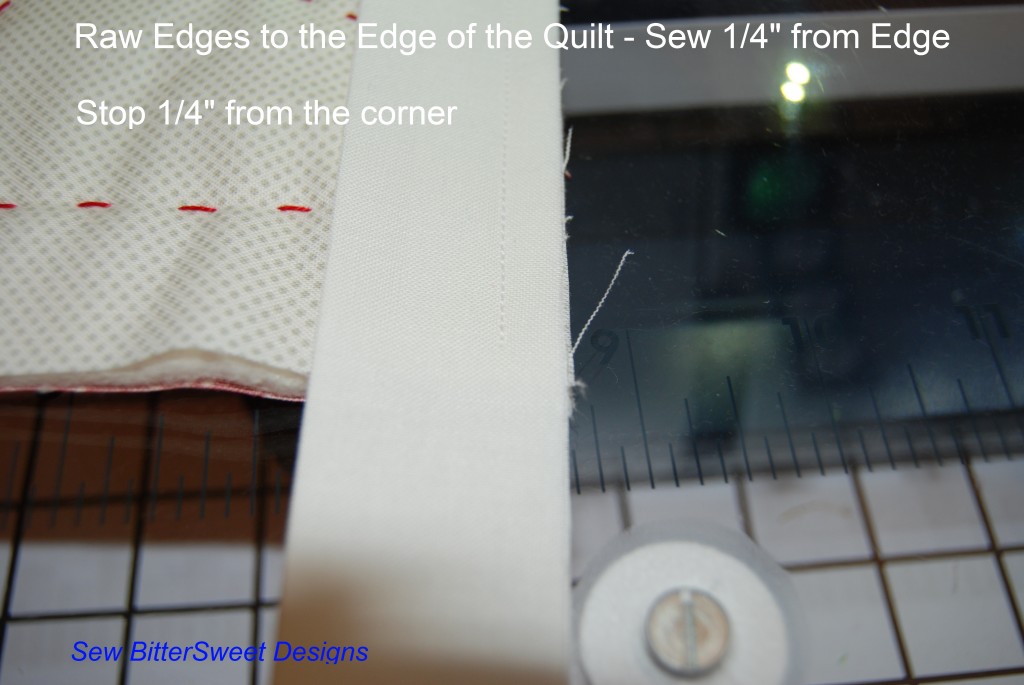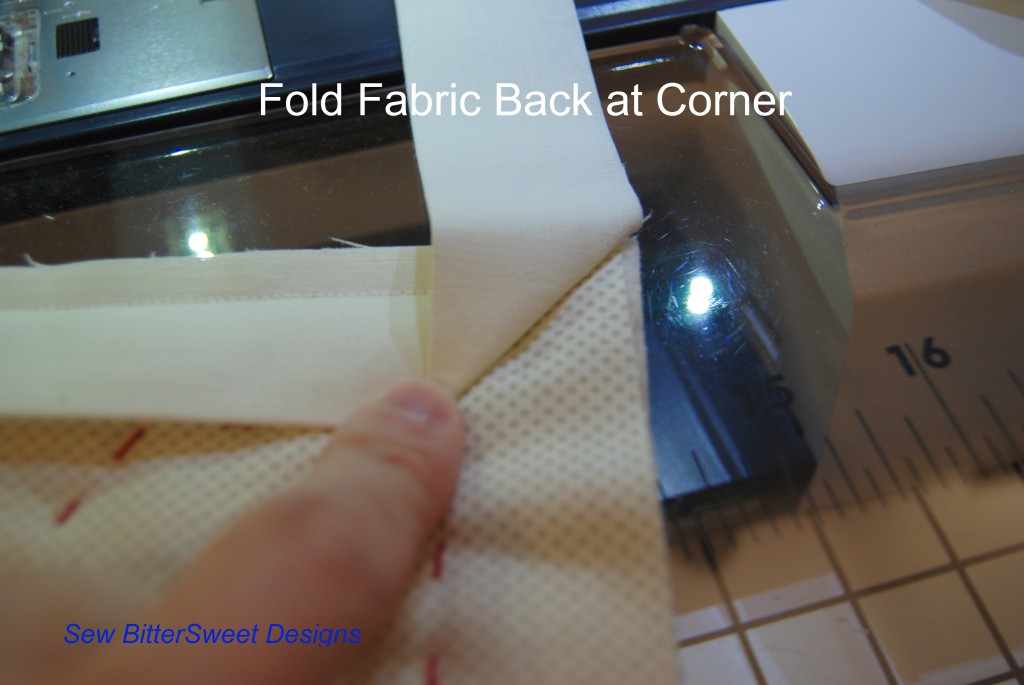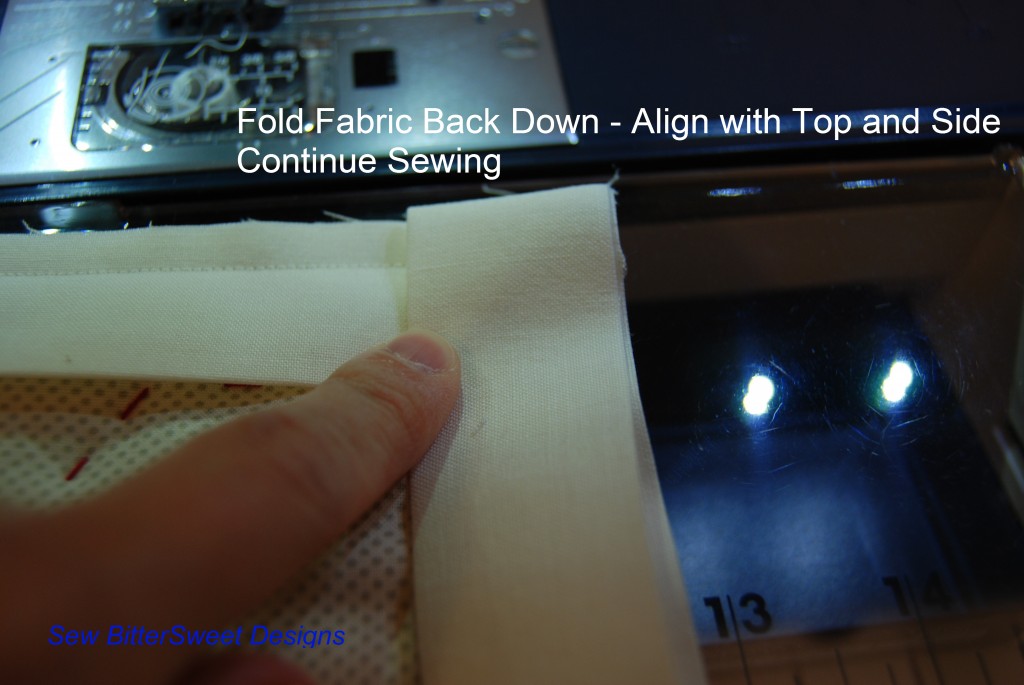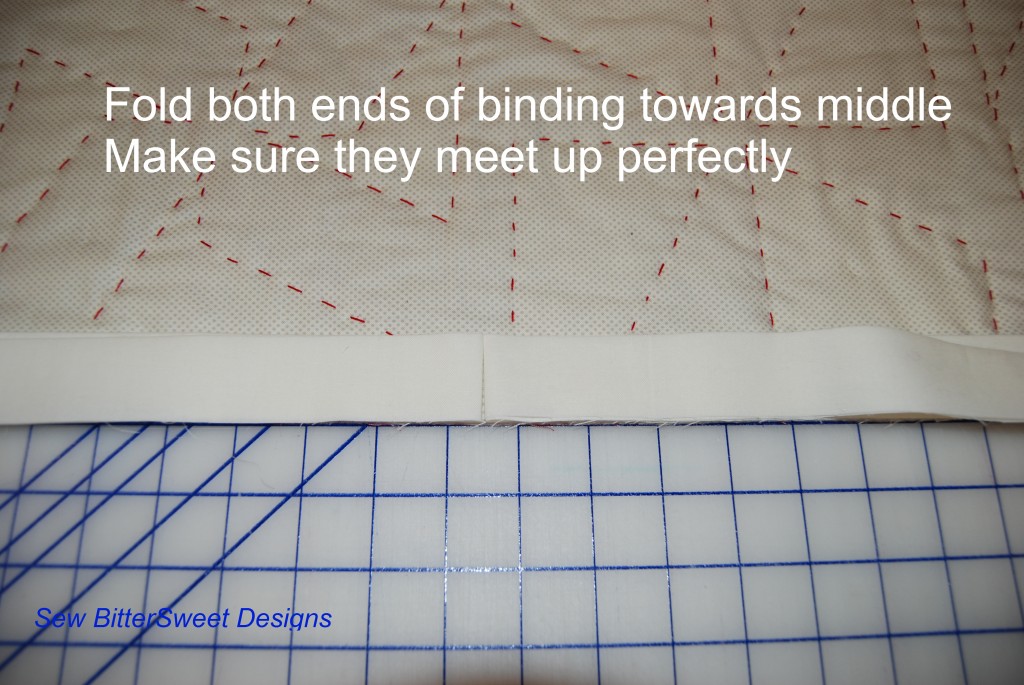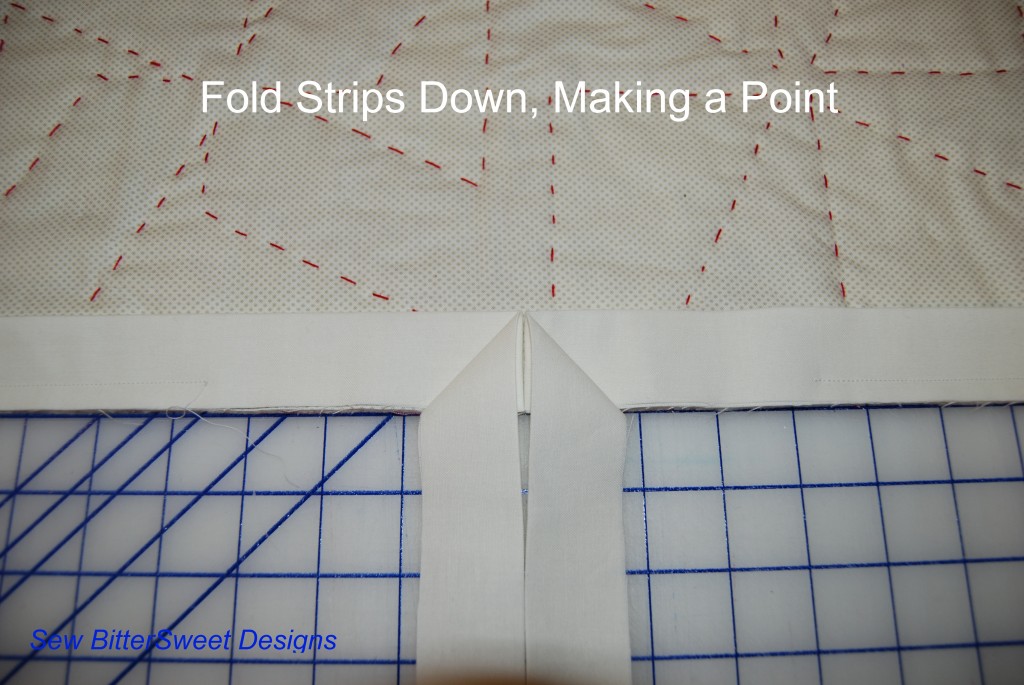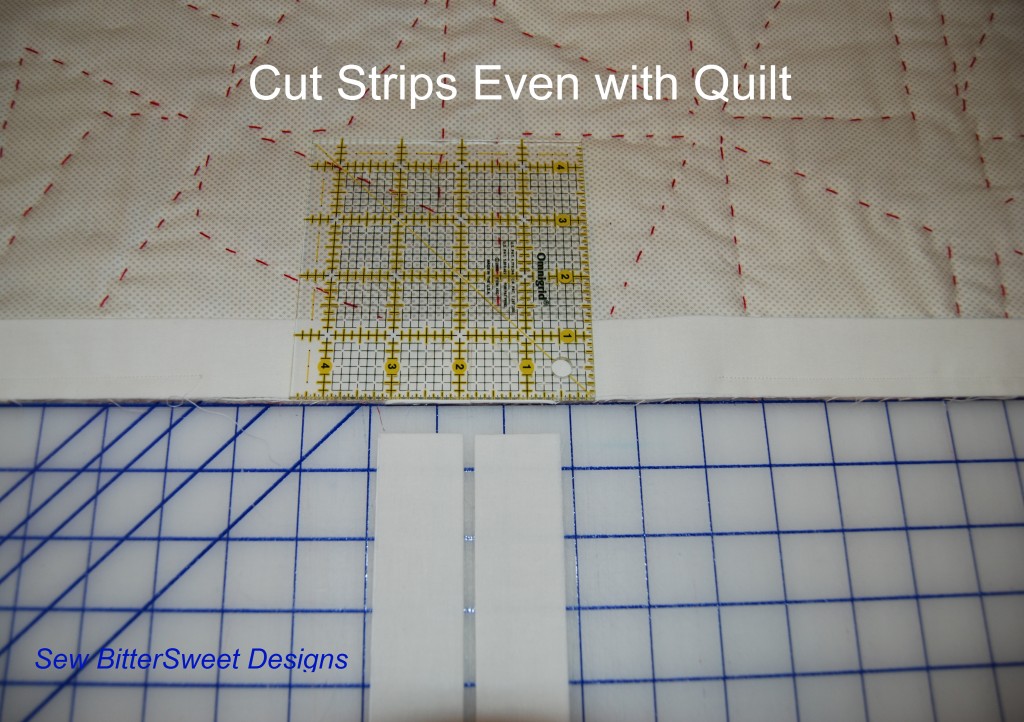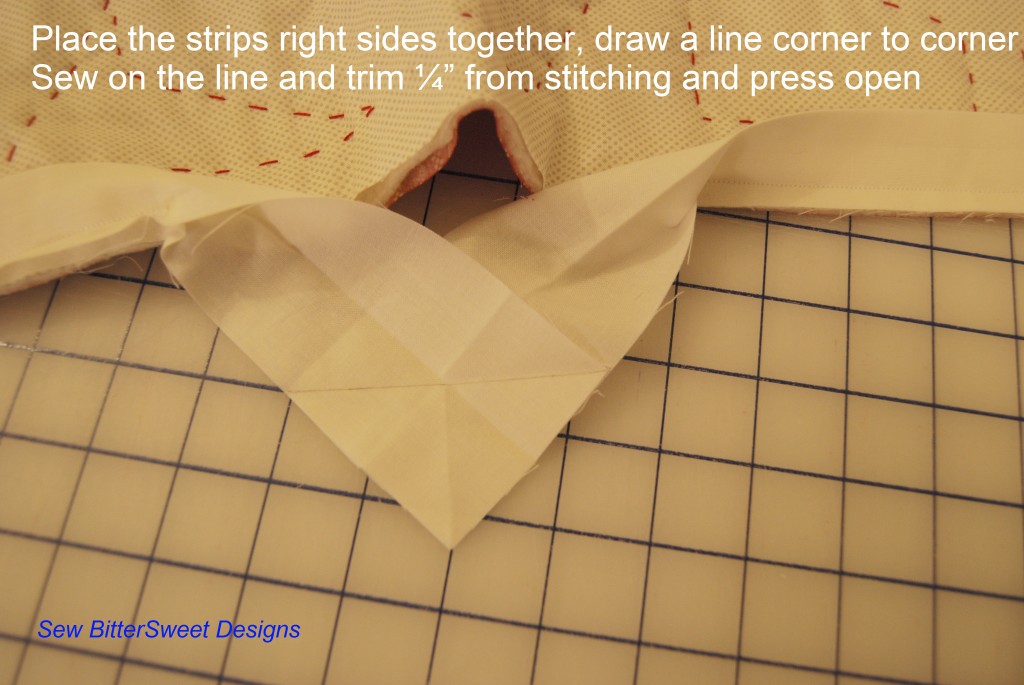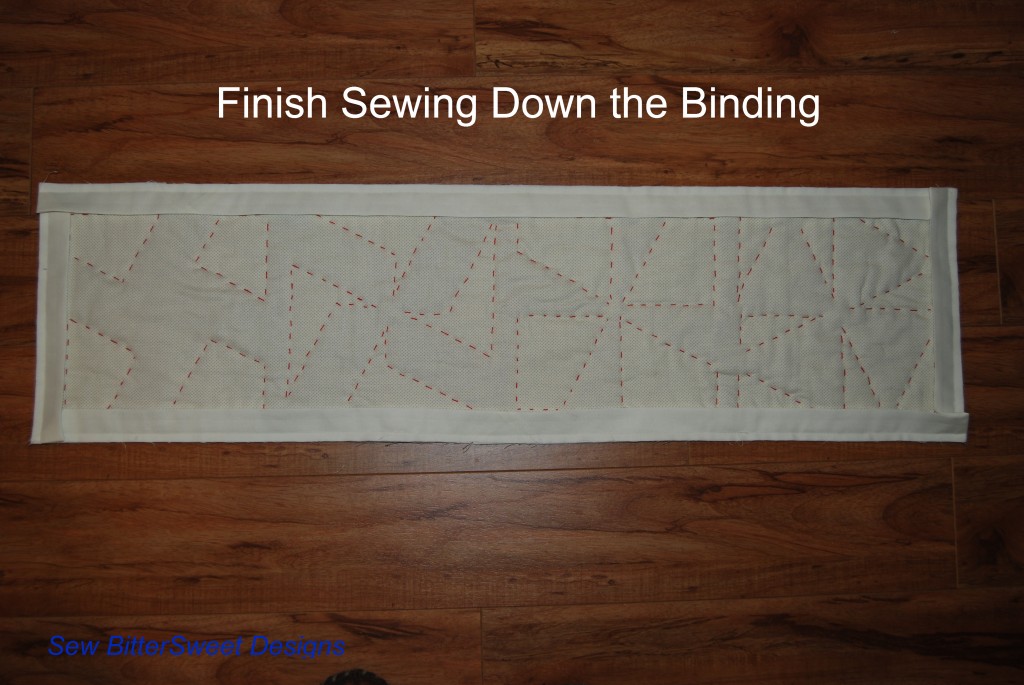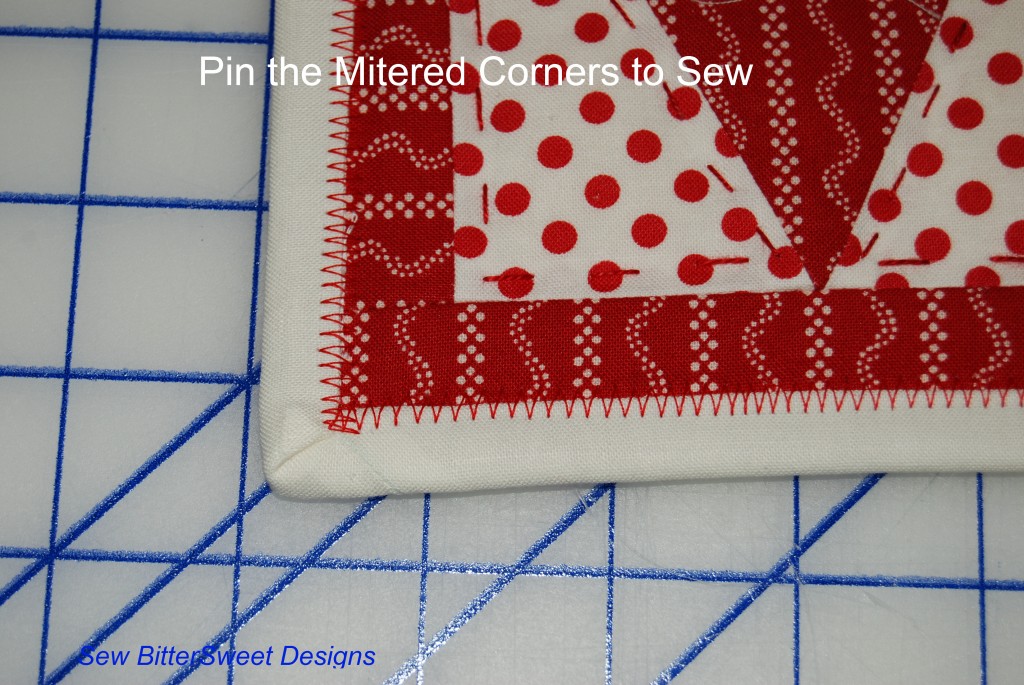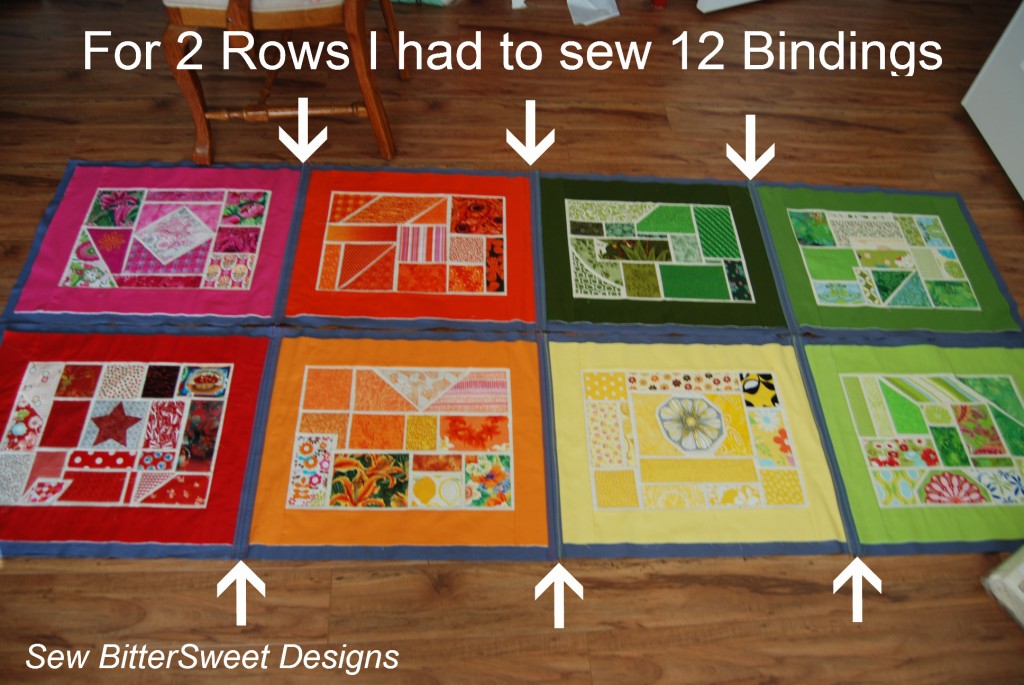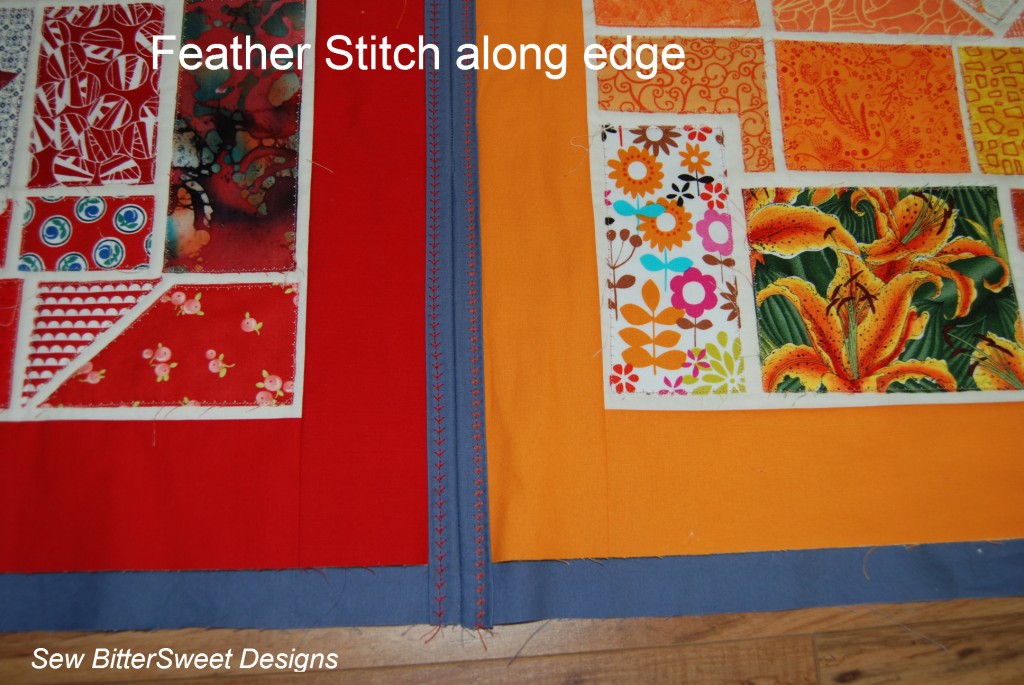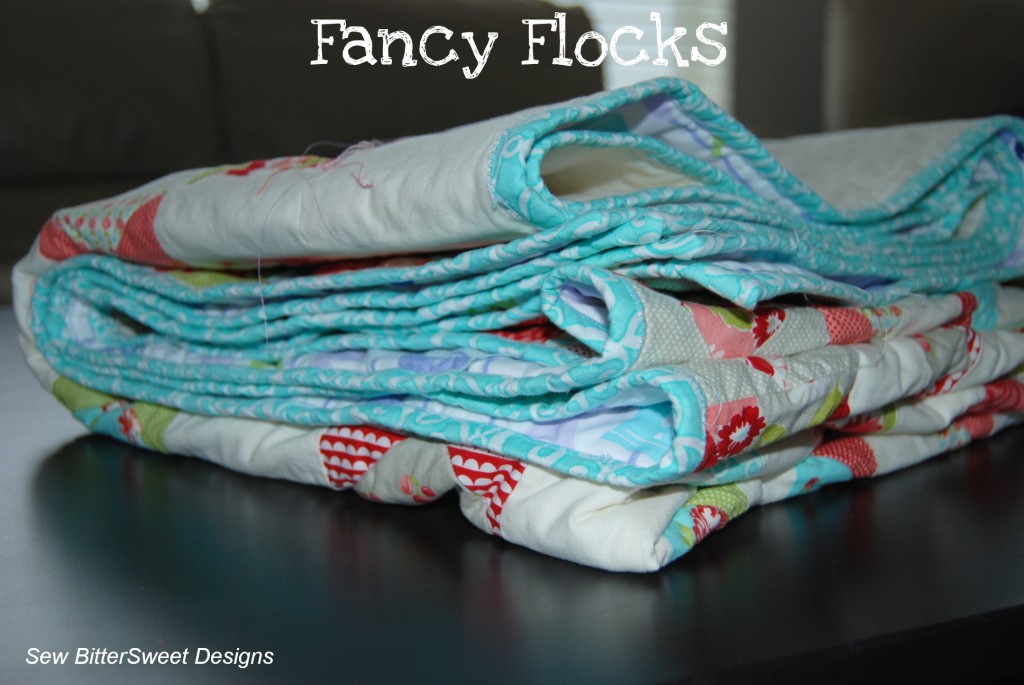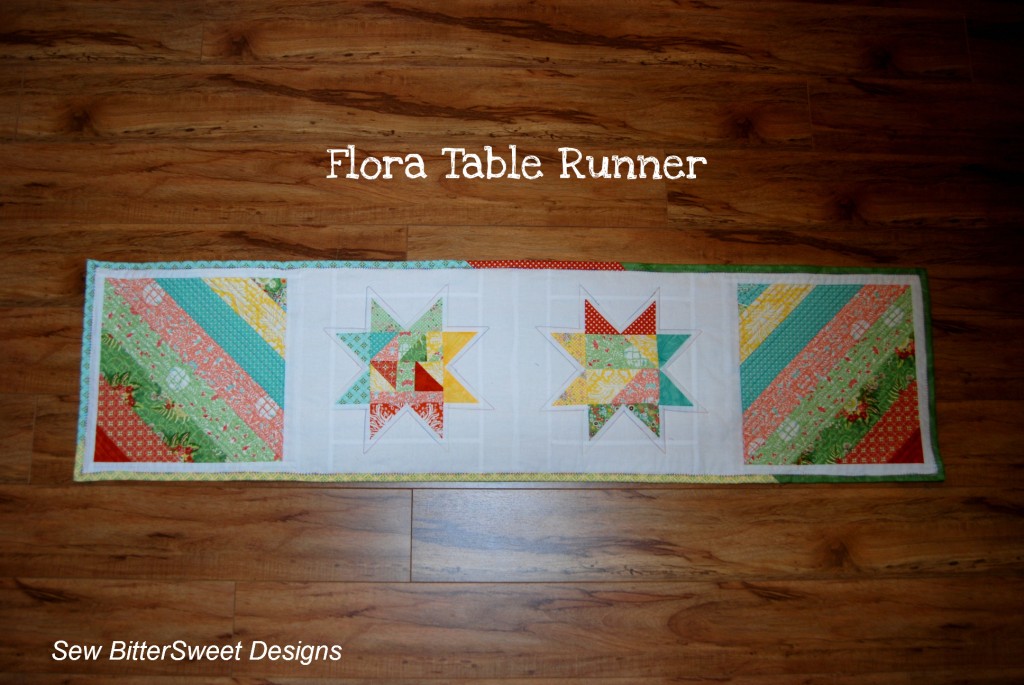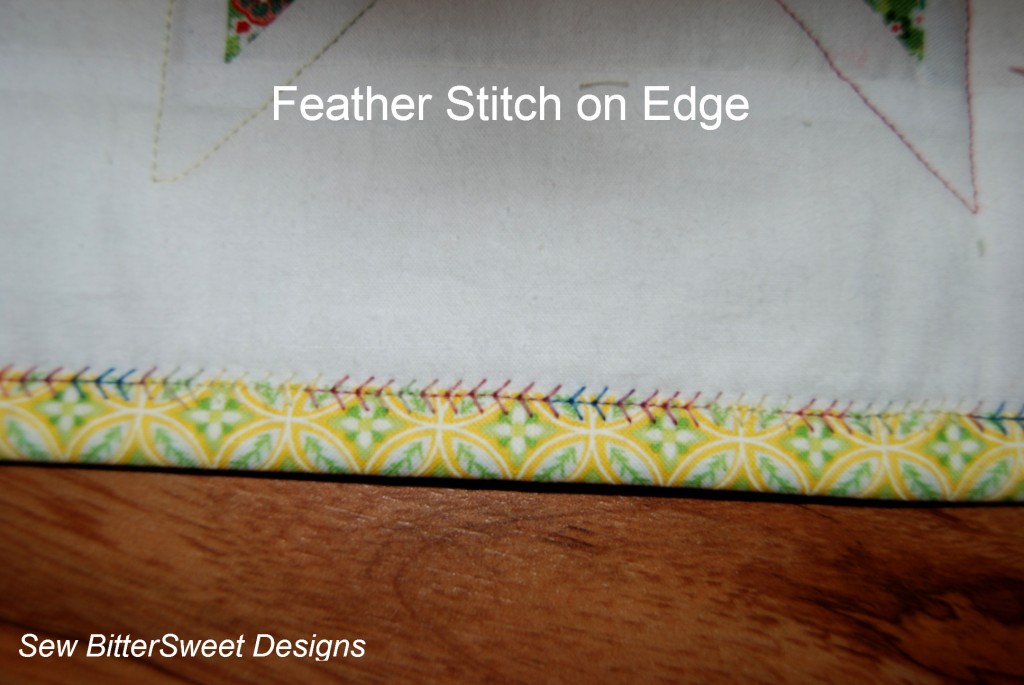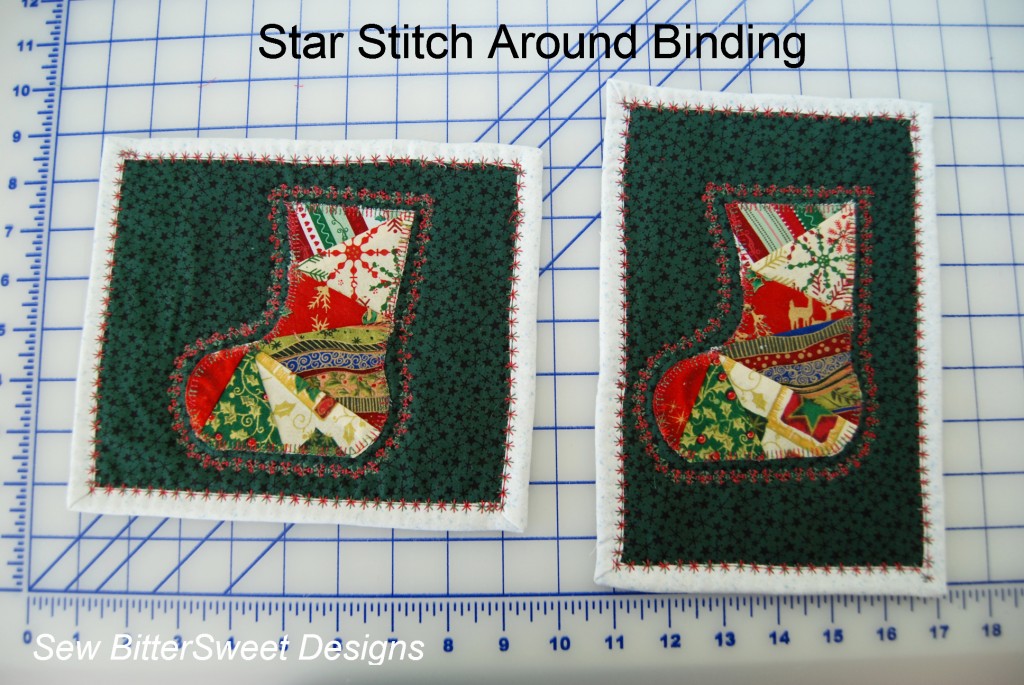Label Your Quilts! A Tutorial
*****For this tutorial you will need to have a computerized sewing machine that is capable of doing a monogram. (Added Note: my machine is not an embroidery machine, it is a fancy quilting machine – Janome Horizon 7700)*****
I would like to start off by giving the person who taught me this method full credit, my mom, Michele Ward. She has been binding her quilts like this for as long as I can remember (she has had her current sewing machine for 20 years and it was state of the art when she bought it). Now that I have done a quilt label with this method, I am now out of excuses for not labeling my quilts and you will be too!
So to start off you will need to make your binding, I do not do a bias binding, I do a straight binding. 2.5″ strips sewn together, then folded in half and pressed.
Next you will need to program your monogram. As each machine is different I highly suggest consulting your owner’s manual if it is the first time using this feature on your machine. My manual failed to mention the max character limit and I had to do my label in two different sets.
You are ready to sew your monogram, I would also suggest that you practice this on a scrap piece of fabric cut to 2.5 inches and folded as you would fold your binding strips. This will tell you exactly where to align your fabric. My fabric is placed with the fold up against the right hand side of the foot. (see picture below)
Once your binding is monogrammed you are ready to attach the binding to the quilt.
Number one hint when attaching the binding to the quilt is to make sure that the binding is facing down toward the quilt when you attach it and also make sure that you will not hit a corner when attaching it because that will ruin the label and make it impossible to read. This just takes some simple looking ahead.
Once your binding is attached to the front of your quilt, you can now choose to hand sew it down or you can machine stitch it down (this is my preferred method because of my RA – handwork is not my friend).
Here is another close up of the stitching. This binding should last the lifetime of the quilt and the nice thing is that you do not need to worry about it washing out.
My mom uses this method on all of her quilts. For baby quilts she records the baby’s name, birth date and weight. For other quilts she says who made it, who it was made for and usually a special message.
I hope you find this helpful, especially everyone who is like me and never finds the time to label. If it is part of our binding routine perhaps it will become more routine!








